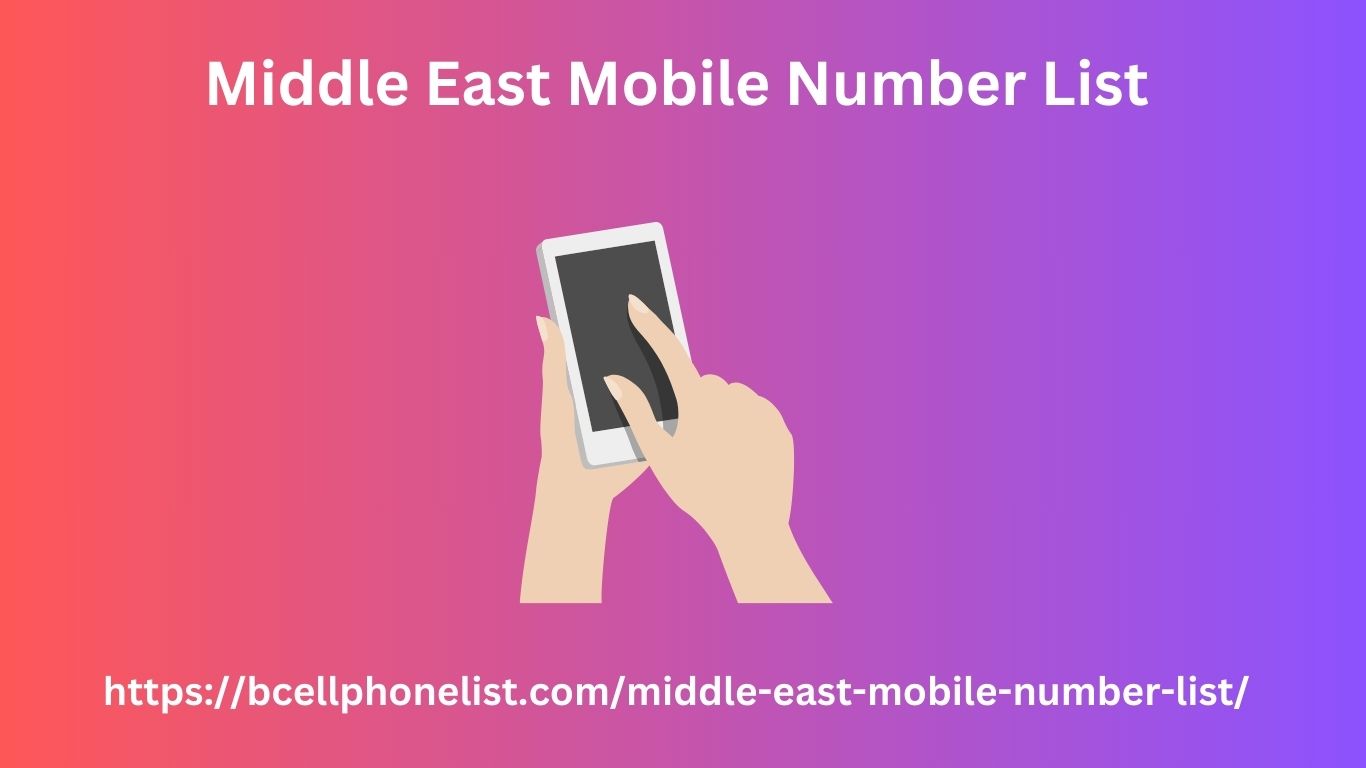|
|
clusters should be linked to pillar pages. The same goes for secondary content. For more specific guidelines, read our guide to keyword research . 3: Choose the right anchor You have control over the anchor text on your site. Be strategic about your choice of words and phrases so that they clearly indicate what the target pages are about. A quality anchor allows Internet users and search engines to understand the nature of a page before clicking on it. Anchor text is the clickable text that appears in a hyperlink.
like here: anchor text example Middle East Mobile Number List Including a relevant anchor also helps Google's algorithm better understand the structure of your site and will give your site more context about how pages relate to each other. An anchor suitable for SEO is: brief: formulate a brief anchor so that Internet users and search engines clearly understand the subject of the page. We recommend limiting the length of an anchor to five words or less. relevant: avoid vague “clickbait” anchors, such as “click here” or “this unusual tip will help you lose more than 4 kg per week”.

Is really about. Optimized: You likely won't be penalized for including exact match anchor text for internal links as long as your anchor is relevant to the associated page and as long as you don't seek to over-optimize your content by resorting to text stuffing. keywords. Be careful when it comes to external links though – manipulating external anchor text is a violation of Google's Webmaster Guidelines. Keeping all of these best practices in mind, assign anchor suggestions to your pillar content and cluster content based on keyword research. For example, you can use Keyword Magic Tool to search for keywords associated .
|
|